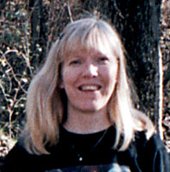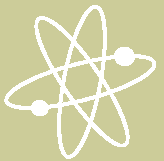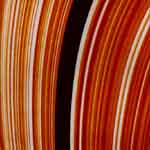|
Linda J. Spilker
–
physicist
|

|
"In some cases, the bigger the leap, the better. Creative thinking often involves drawing on a broad set of knowledge to come up with ideas that no one else has yet considered."
|

|
| |
|
|
|
| |
How were you motivated to become a physicist? |
| |
I have always had an interest in science, especially studies of the stars and planets. I asked for my first telescope when I was nine years old; the first thing I used it for was to look at Jupiter and its moons. As I was growing up, I read many books about astronomy and science. I was in awe of the space program and avidly followed the early launches and moon landings. These events clearly shaped my future. At one time I seriously thought about becoming an astronomer at the astronomical observatory that I hoped we would one day build on the far side of the moon!
By the time I was in high school, I knew I was headed for a career in physical science. I was excited and curious about figuring out how the universe works. Both my parents and my teachers encouraged my love of science; I had a number of wonderful mentors throughout college. They opened up the world of physics for me by allowing me to participate with them in the thought processes and challenges involved in their research. They also encouraged me to get a Ph.D. so I could pursue my own research on planetary rings.
|
|

|
| |
|
|
|
| |
What can you share about your creative process? |
| |

|
|
Part of the creative process for me is a burning desire to figure out how or why something works, such as how the planets in our solar system formed or how life began on Earth. This intense curiosity, coupled with a strong drive and unwavering persistence, provides the energy to pursue answers to these kinds of questions.
The first step is to learn all that I can about a given problem. With this knowledge in hand, the fun begins in formulating a hypothesis to take the next logical step. In some cases, the bigger the leap, the better. Creative thinking often involves drawing on a broad set of knowledge to come up with ideas that no one else has yet considered. After working on a problem extensively, sometimes the answers are obvious, sometimes very subtle, and sometimes serendipity plays a role.
I remember finding a wave-like feature in the Saturn ring data that did not fit any models I had ever seen. I kept thinking about this feature and trying to figure out what it might be. I shared my data with many other scientists, all of whom were equally perplexed. Finally, a friend suggested that I try a different kind of model. After many days of computer programming, I was elated when I found a model that fit and could be used to explain my data. To solve an unsolved puzzle: what a great feeling of accomplishment that was!
|
|
| |
|
|
|
| |
What ideas do you have for a future human community on Mars?
|
| |
The people who first colonize Mars will probably be adventuresome explorers, individuals who relish the challenge of developing a new world. The community will need diverse talents to survive and flourish, but will also need to be comprised of team players, people who are willing to work for the good of the entire community.
My unique idea would be to develop a community which is always looking ahead. How can the community be improved? What are the next steps involved in fully colonizing Mars? How can the community become self–sufficient in the event of a catastrophe on Earth? Ideally a method might be found for terraforming Mars. The Martian community could place a special emphasis on making this goal a reality.
|
|

|
|




